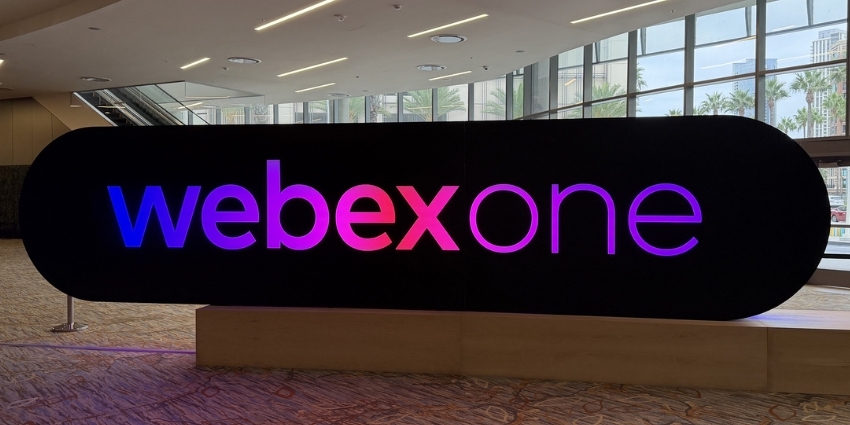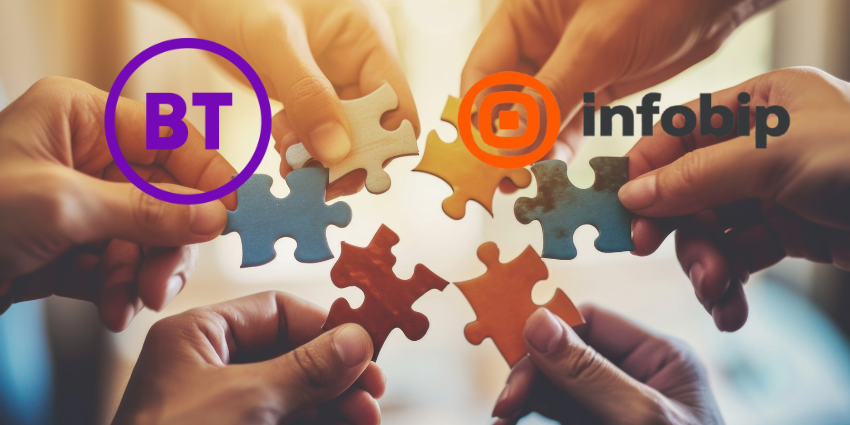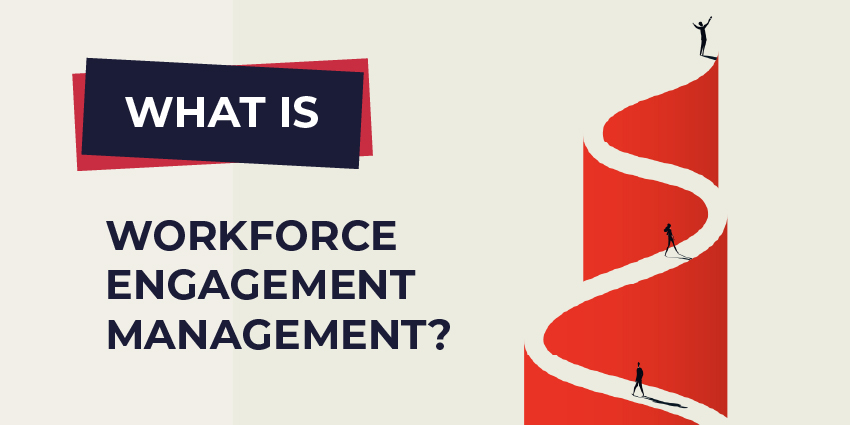Microsoft recently announced plans to launch ‘Power Virtual Agent,’ a no-code platform for building chatbots. The tool harnesses the power of Azure’s Artificial Intelligence capabilities, and company leaders say they want to make building bots as simple as possible. The use cases for such functionalities are endless – the new way to build bots could benefit smaller contact centers with limited resources for instance. It could even help enterprises hoping to dip their toes into omnichannel experiences.
Microsoft’s ‘Power Virtual Agents’ platform will take end-users from the creation of dialogue to adding bots to systems like Microsoft Teams, Facebook, Slack, etc. According to Microsoft, the new no-code bot service will integrate with Power Automate and Microsoft Flow, and users can even trigger actions elsewhere based on data collected by the bot. The system will even provide advanced analytics so leaders can make impactful business optimizations.
Conversational AI Will Transform Contact Centers
Because conversational AI is more available than it once was for individuals with no coding experience, it presents minimal challenges for those who want to install conversational AI in their business workflow. And for contact centers with limited resources, Microsoft’s latest is a godsend. Although AI has appeared in contact centers for quite some time, it has not always been accessible for everyone with budget limitations.
I would also argue, with all the buzz surrounding chatbots and AI, enterprises and contact centers have started to overuse such a helpful tool, implementing AI into almost every customer interaction. As I have cautioned in the past, AI should only enhance business communications, and it can do a great job at that. It should not, however, present customers with difficulties when they only want to talk to a human agent.
The good news is, there some developers who understand that AI is important to enhance business communications. Not to mention the time it will save agents on verifying callers, live chats, etc. This means, productivity resides at the center of conversational AI, and if enterprise leaders can figure out the balance between where AI should and should not be – they will likely do very well in today’s business environment.
Keeping Up with Customer Demand
At MS Ignite, Microsoft acknowledged that enterprises have a ‘need to deliver a conversational assistant tailored to their brand, personalized to their users, and made available across a broad range of devices and social canvases, which sounds a lot like omni-channel. The reality is customers want to reach enterprises on the channels they use most, be it SMS, WhatsApp, Facebook, etc. The challenge is figuring out where to introduce conversational AI to enhance CX, not to create a sub-par experience.
I want to leave you with one final thought – while omni-channel is a great solution to many of the challenges enterprise face, consider thinking of omni-channel as opti-channel – a term I’ve heard a lot recently. This means meeting customers on the best tool to leave them satisfied. If that means Facebook, then so be it. The key here is to analyze and offer the best channel to help customers reach their desired outcome.







